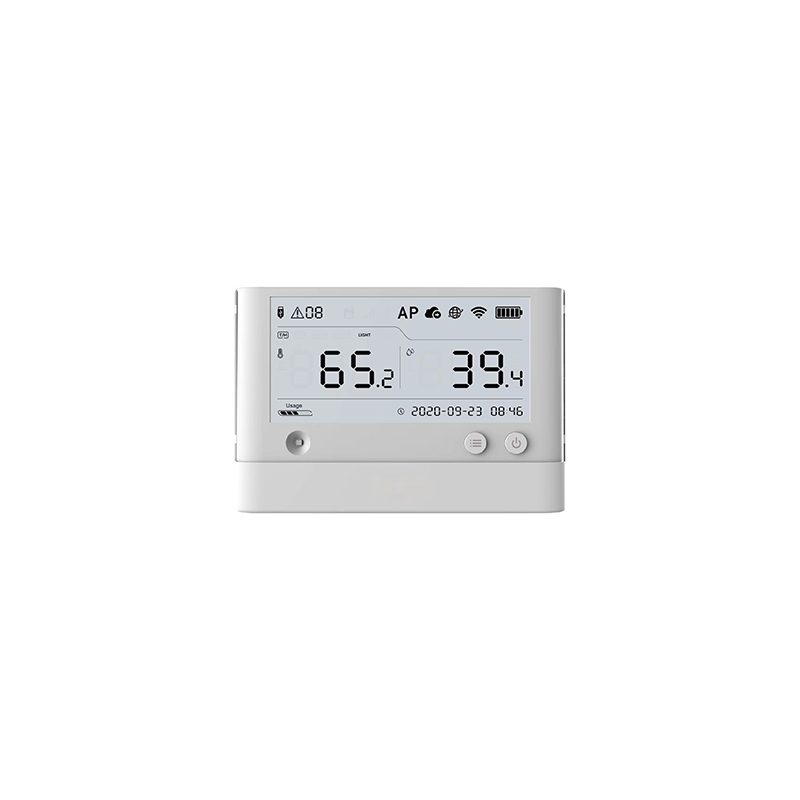
Choosing the right Arduino LCD screen product can significantly impact your project's success. This guide navigates the diverse landscape of available displays, helping you select the ideal option for your specific needs. We’ll examine various screen types, sizes, resolutions, and interfaces, providing a thorough understanding of their capabilities and limitations. We'll also look at factors like backlight type, power consumption, and ease of use. Whether you're a seasoned Arduino developer or just starting, this comprehensive guide provides the insights needed to select the perfect display for your next project.
Character LCDs are the simplest and most affordable option. They display text characters only, offering limited resolution but ease of use. They are ideal for basic projects requiring simple textual output. Popular models often use the HD44780 controller, making them readily compatible with a wide range of Arduino boards. These are often good entry-level options for beginners.
Graphic LCDs provide much greater flexibility, allowing for the display of images, graphics, and custom designs, in addition to text. These displays boast higher resolutions, offering richer visual experiences. Common interface types include SPI and I2C. The improved resolution allows for more complex user interfaces and data visualization.
Thin-Film Transistor (TFT) LCDs are known for their vibrant colors and high resolution. They represent a significant step up from character and standard graphic LCDs. TFT screens are widely used in applications requiring high-quality visual output, such as portable devices and interactive displays. However, they typically consume more power and may require more complex library support.
OLED (Organic Light-Emitting Diode) screens are increasingly popular due to their self-emissive nature, resulting in superior contrast ratios and deep blacks. They offer excellent viewing angles and are power-efficient. While generally more expensive, OLEDs provide an exceptional visual experience, making them ideal for projects where visual quality is paramount.
Selecting the optimal Arduino LCD screen product involves carefully considering several crucial aspects:
The resolution (measured in pixels) determines the clarity and detail of the displayed content. The screen size directly impacts the amount of information you can display. Choosing a resolution and screen size appropriate for your project's needs is essential. Consider the physical space available and the level of detail required.
I2C and SPI are two common communication protocols. I2C uses fewer pins, simplifying wiring, while SPI generally offers faster data transfer rates. The choice often depends on your Arduino board's capabilities and the complexity of your project.
Backlight types influence the screen's visibility in different lighting conditions. Common options include LED backlights (various colors available), and some screens even offer adjustable brightness. Choose a backlight that best suits your application's needs.
Power consumption is a critical factor, particularly for battery-powered projects. Consider the power requirements of the screen and choose a model that balances functionality with energy efficiency.
| Product | Type | Resolution | Interface | Backlight |
|---|---|---|---|---|
| Adafruit 1.8 TFT LCD | TFT | 128 x 160 | SPI | White LED |
| Newhaven 20x4 Character LCD | Character | 20x4 | Parallel | White LED |
| Waveshare 2.8 IPS LCD | TFT | 240 x 320 | SPI | White LED |
Note: Specific specifications may vary depending on the manufacturer and model. Always refer to the official product documentation for the most accurate information.
Choosing the best Arduino LCD screen product requires careful consideration of your project's unique requirements. By understanding the different types of displays, key factors to consider, and comparing various options, you can make an informed decision that ensures your project's success. Remember to consult the datasheets and documentation for any specific product to get the most accurate information.
For high-quality LCD modules and displays, consider exploring the options available at Dalian Eastern Display Co., Ltd. They offer a wide range of solutions for various applications.
Disclaimer: This article provides general information and recommendations. Product availability and specifications may change. Always refer to the manufacturer's website for the most current details.












